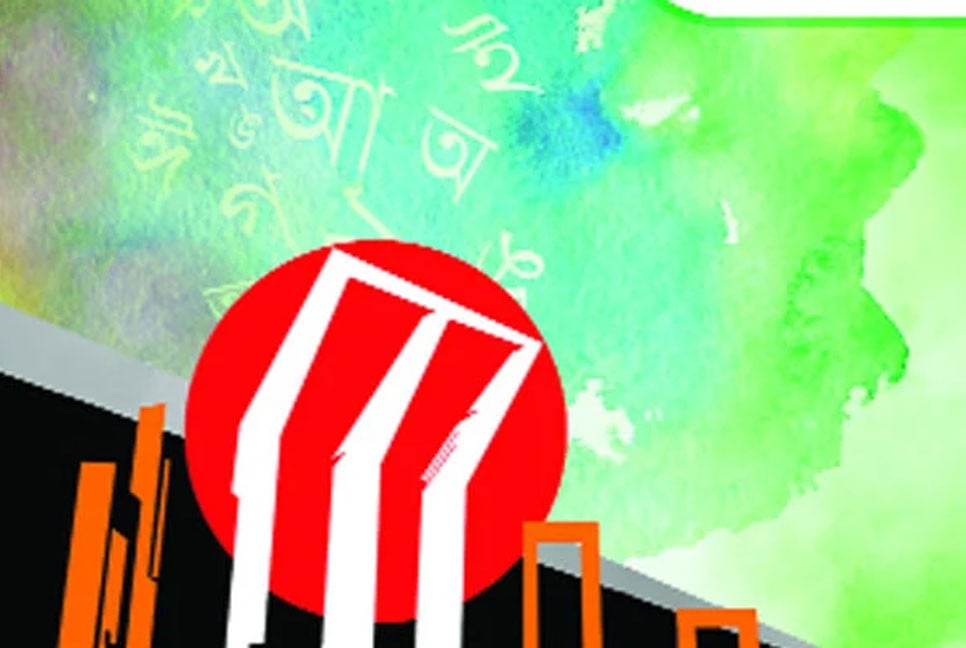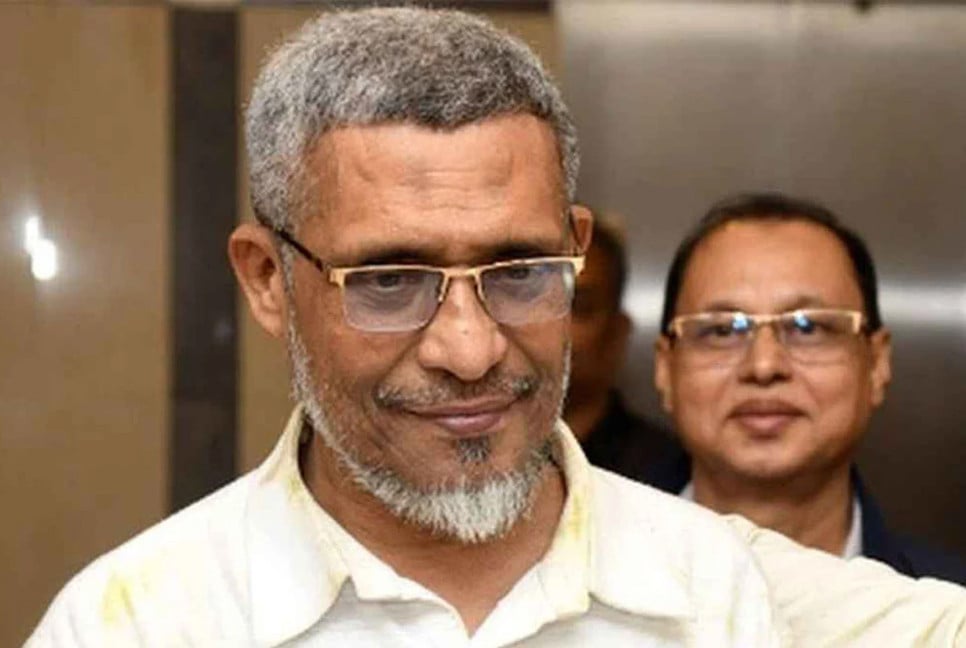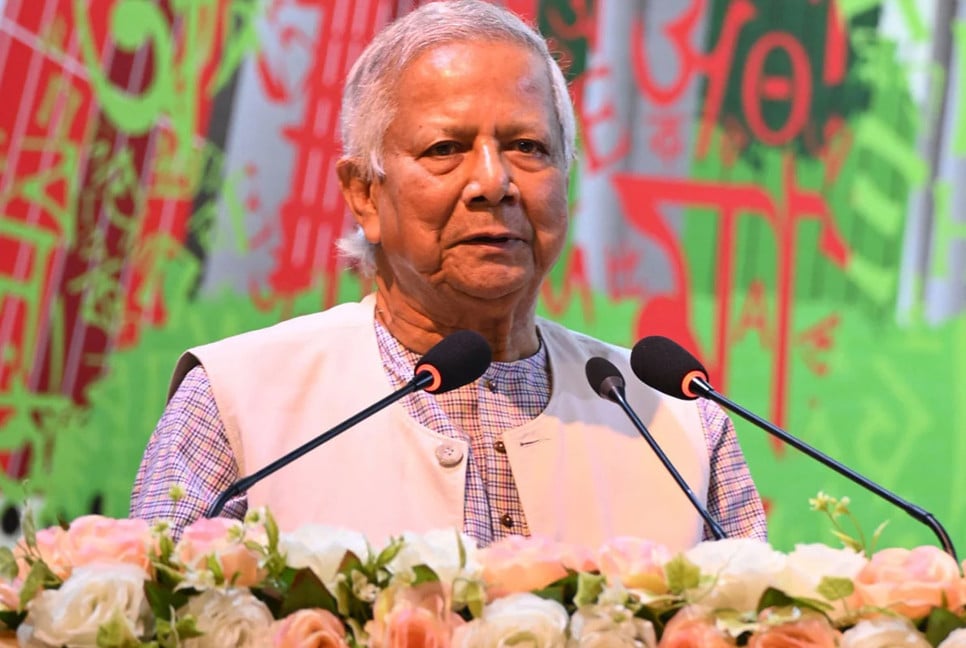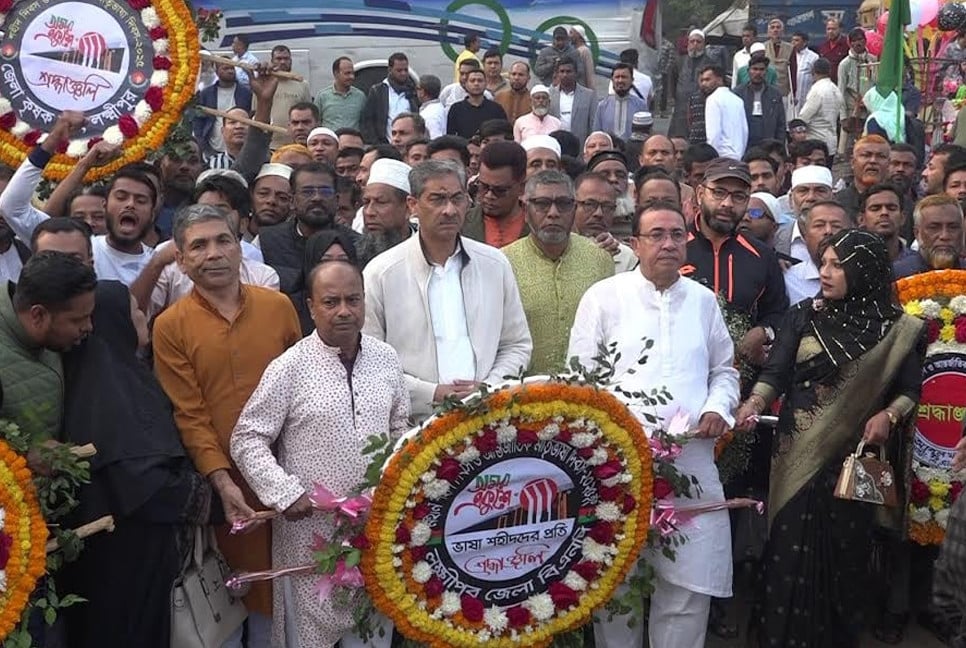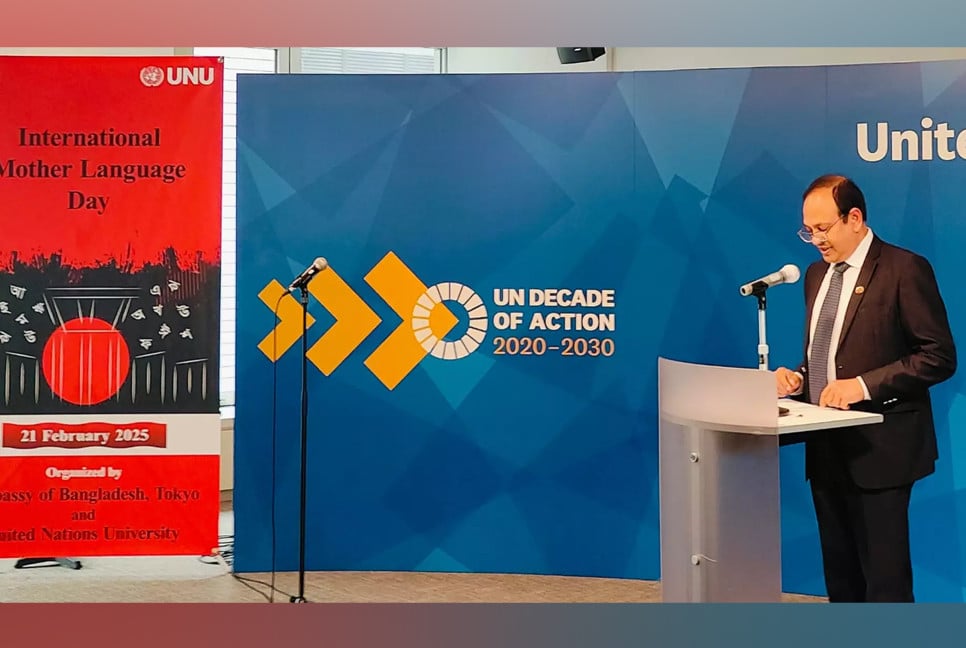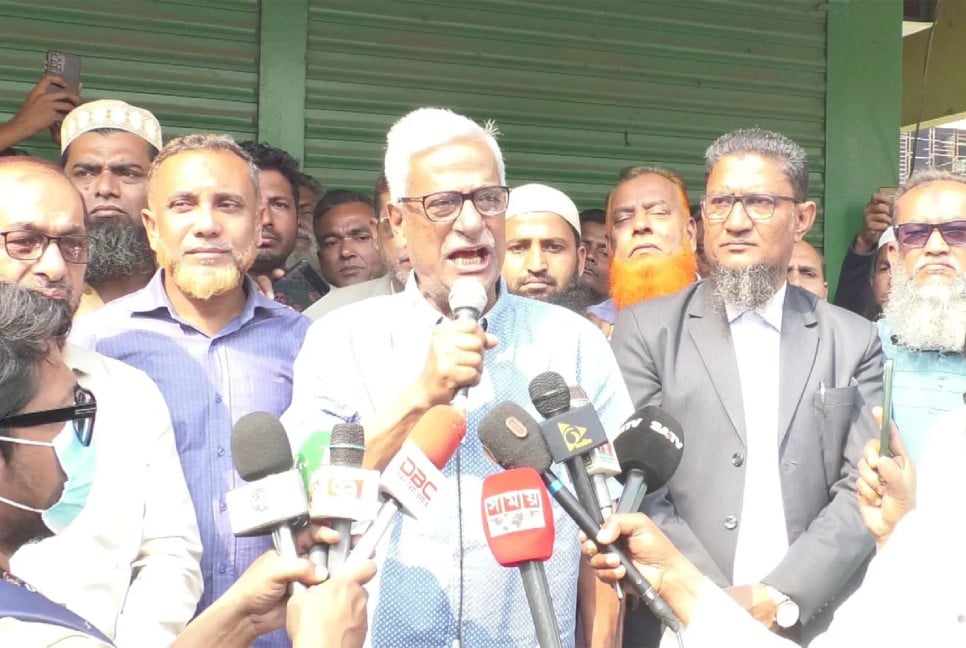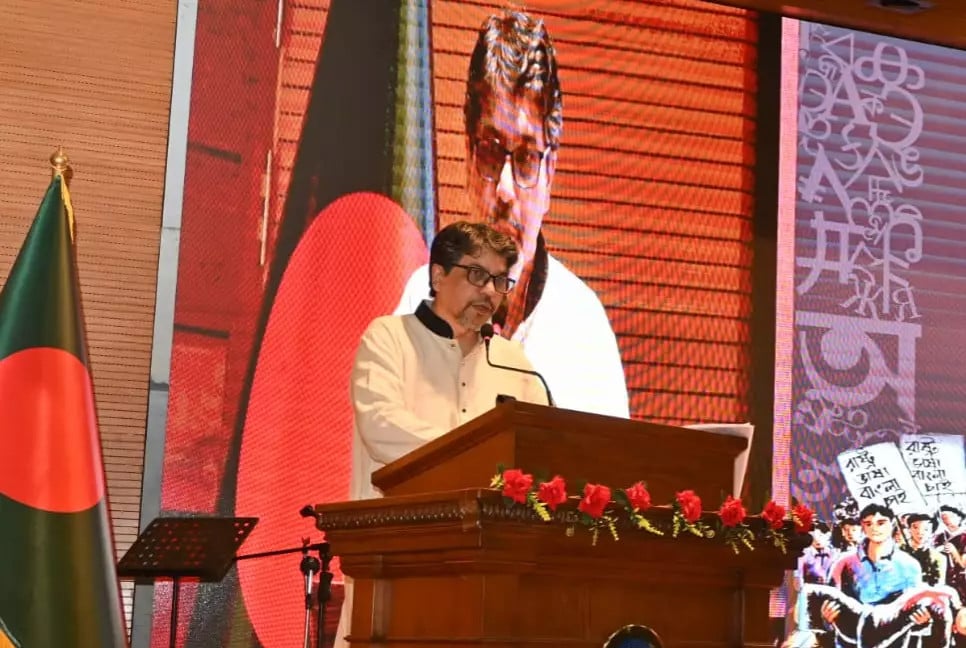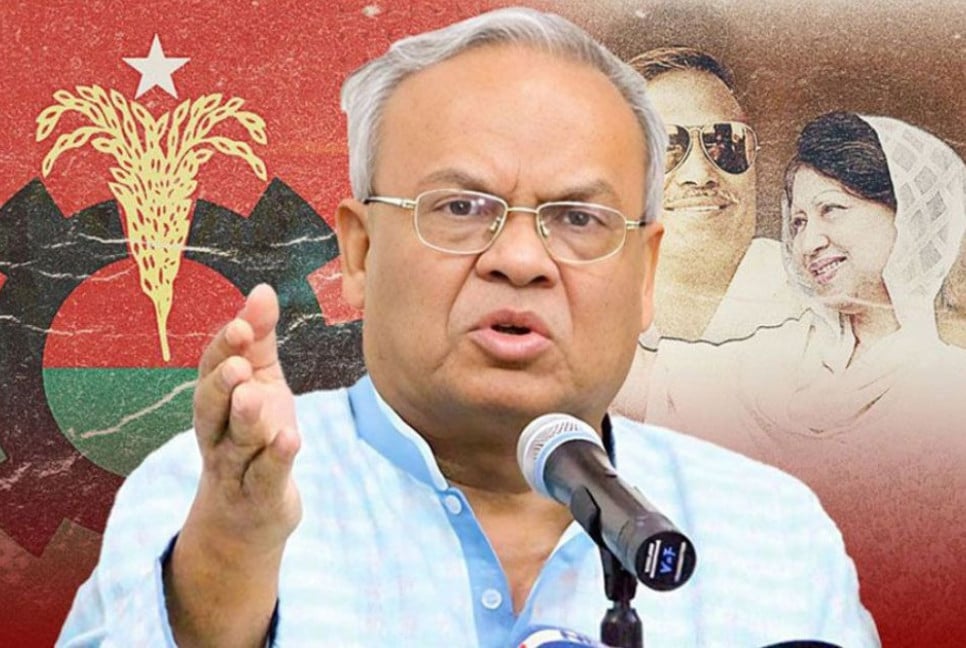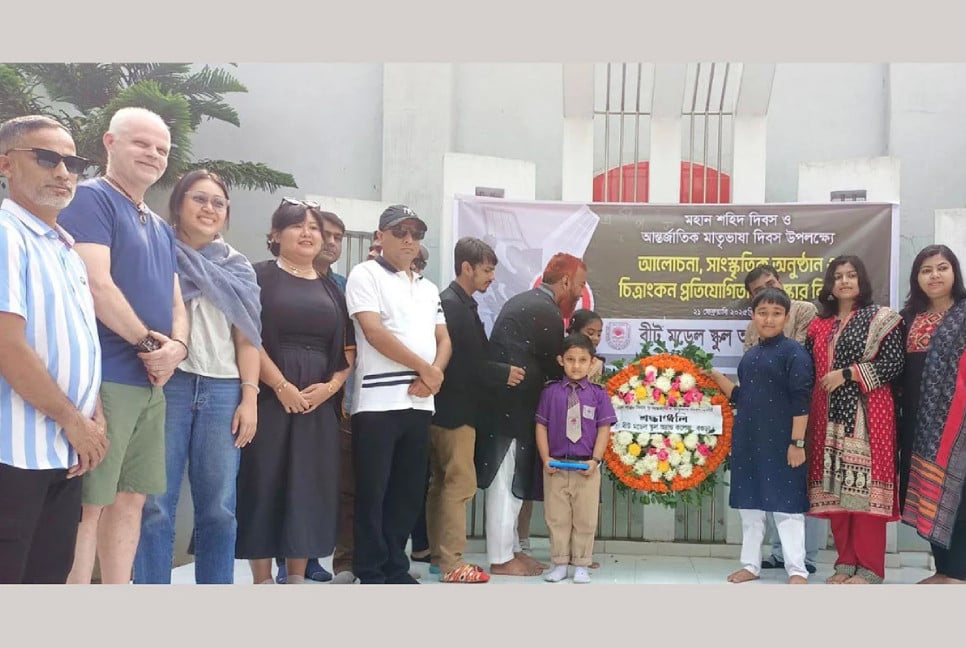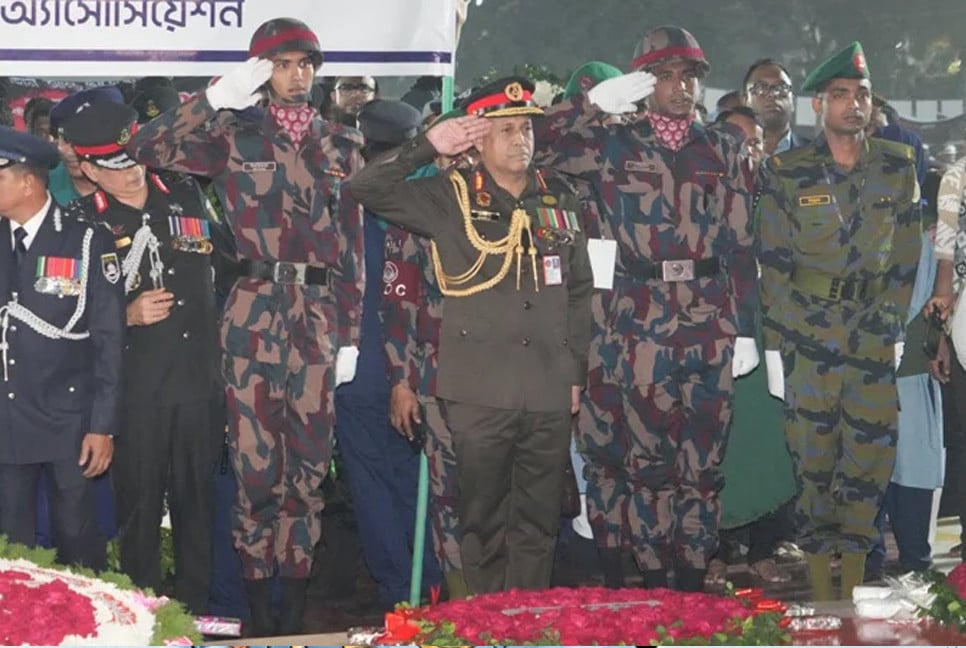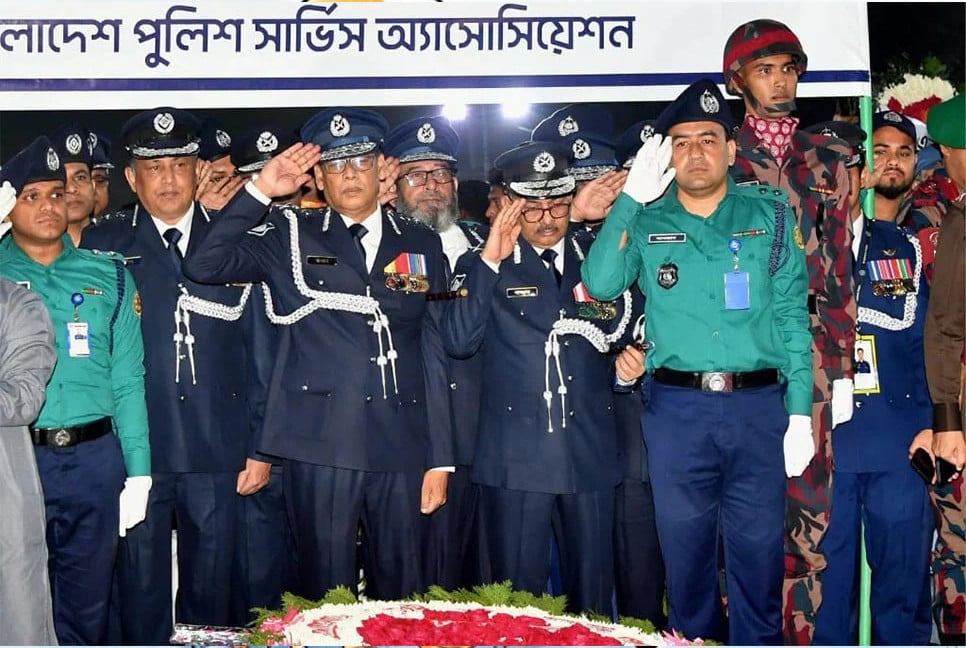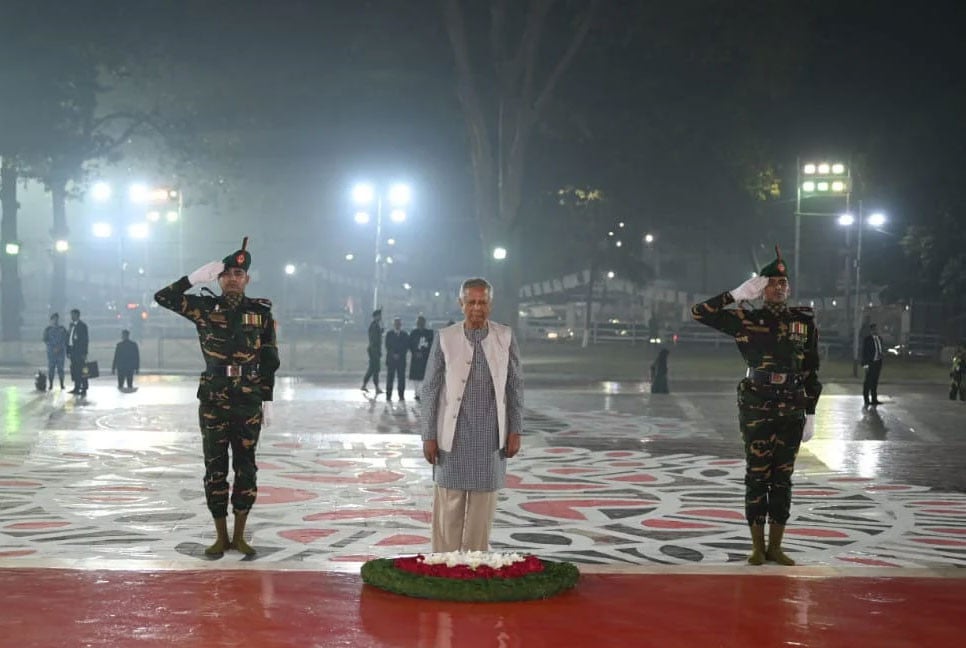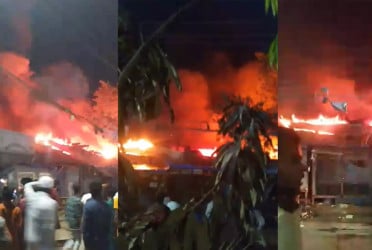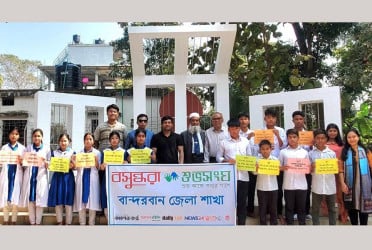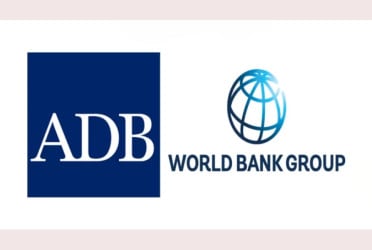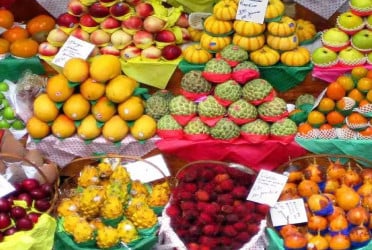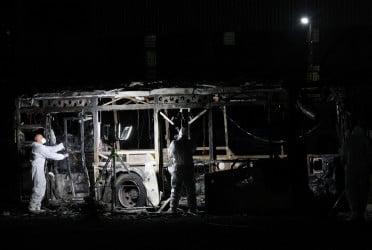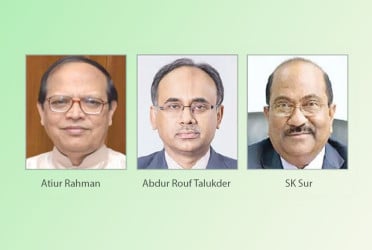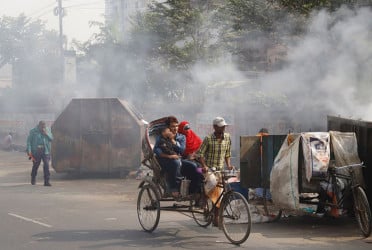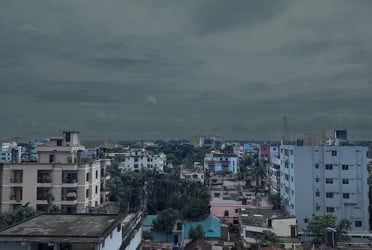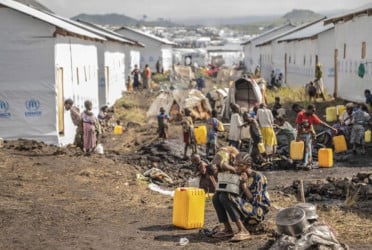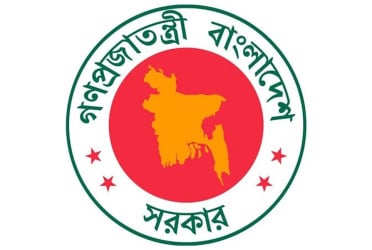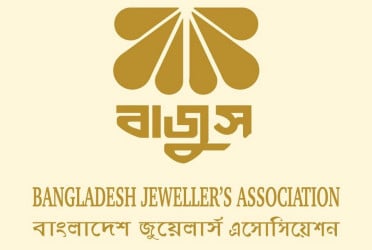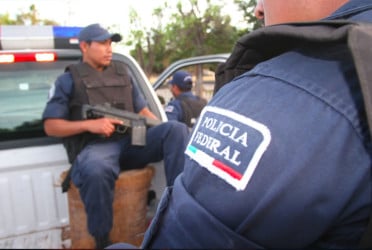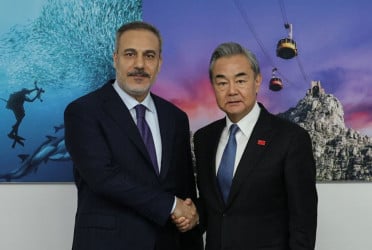There are 12 families of the Hudi community in Gridda Narayanpur village of Sherpur Sadar Upazila. None of them can speak their mother tongue.
Subhash Chandra Biswas, a member of the community, said, “Even I can’t speak my mother tongue, let alone my children. My aunt was the only person in our family who knew this language. She was one of the very few in our entire community who had the skill. But she died two years ago.”
The government recognized 50 ethnic minorities in 2019, with Hudi being one of them. There are around 20,000 Hudi people in Bangladesh. Like the Hudis, the situation regarding mother tongue practice among the 41 ethnic minorities who have their own languages is more or less the same.
According to the Summer Institute of Linguistics (SIL), an international organization working on languages, around 15 such languages are at risk of extinction. Against this backdrop, Bangladesh is observing International Mother Language Day today.
Due to the growing demand for business and technology, learning English has become essential for all. Besides, Bangla has a high demand domestically as it is the mother tongue of the majority of people.
According to the Bangladesh Adivasi Forum, ethnic groups have a population of around 3 million, although government statistics put the total number at 1.5 million. These marginalized communities mainly live in North Bengal, Mymensingh, North-East Sylhet, and the South-East Chattogram region.
Among them, not all communities that have their own languages possess their own alphabets.
Changma is the language of the Chakma community. They have many books related to medicine and literature and publish standard newspapers such as Abangpang and Juniponro.
The Marma language is taught in Khangs (Buddhist temples). Apart from literature written in Bangla script, they also have medicine-related books.
The language of the Rakhine people is Akkhara, and the community has several books written in their own script.
People of the Tripura ethnic group use the Kokborok language in their everyday lives and have books written in their own script.
Achik is the community language of the Garo people. Some use the Roman script for writing. Besides, they have several dialects, including Abeng, Aoay, Chisak, Dakka, Ganching, Kamrup, and Matchi.
Among the two Manipuri communities in Bangladesh, one uses the Meitei language, while the other speaks Bishnupriya. Although Meitei Manipuris write their language in the Meitei script, Bishnupriya Manipuris use the Bangla script. Both groups have a rich literary tradition.
Influenced by Christian missionaries, some Khasias, Mahalis, Bawms, Khumis, and Santals use the Roman script.
On the other hand, many Kols, Hajongs, Santals, Mundas, and Oraos write their language using the Bangla script.
Ethnic groups are losing interest in learning their mother tongue due to practical reasons. Some tribal families still speak their language, but they can hardly write in it. Those who previously learned their languages are forgetting them due to a lack of practice.
The opportunity to learn mother tongues in educational institutions was unavailable for ethnic children until the Education Policy 2010 was formulated.
In 2012, the National Curriculum and Textbook Board (NCTB) decided to publish textbooks in Chakma, Marma, Tripura, Sadri, and Garo languages. These textbooks have been distributed since 2017.
However, most teachers can only speak these languages but do not know how to read or write them.
Since then, only 38.60% of the 4,204 teachers from ethnic communities in the three hill districts have attended a 14-day training program on their respective languages.
Some teachers who participated in the training said the sessions were not adequate to help them gain a strong command of their languages.
The situation is even worse in North Bengal, Mymensingh, and North-East Sylhet, as no training program has been organized there for ethnic language teachers.
Courtesy: Daily Sun
Bd-pratidin English/ Jisan

